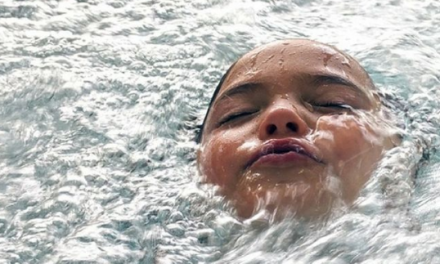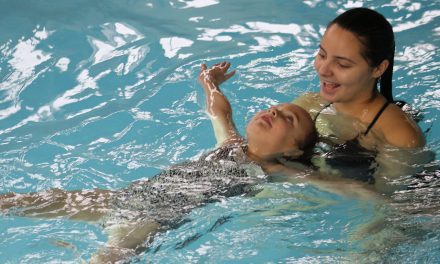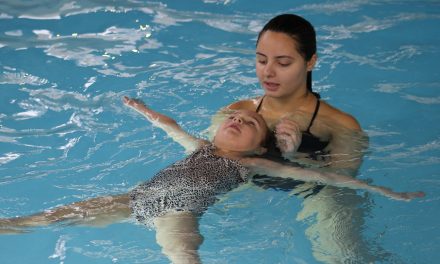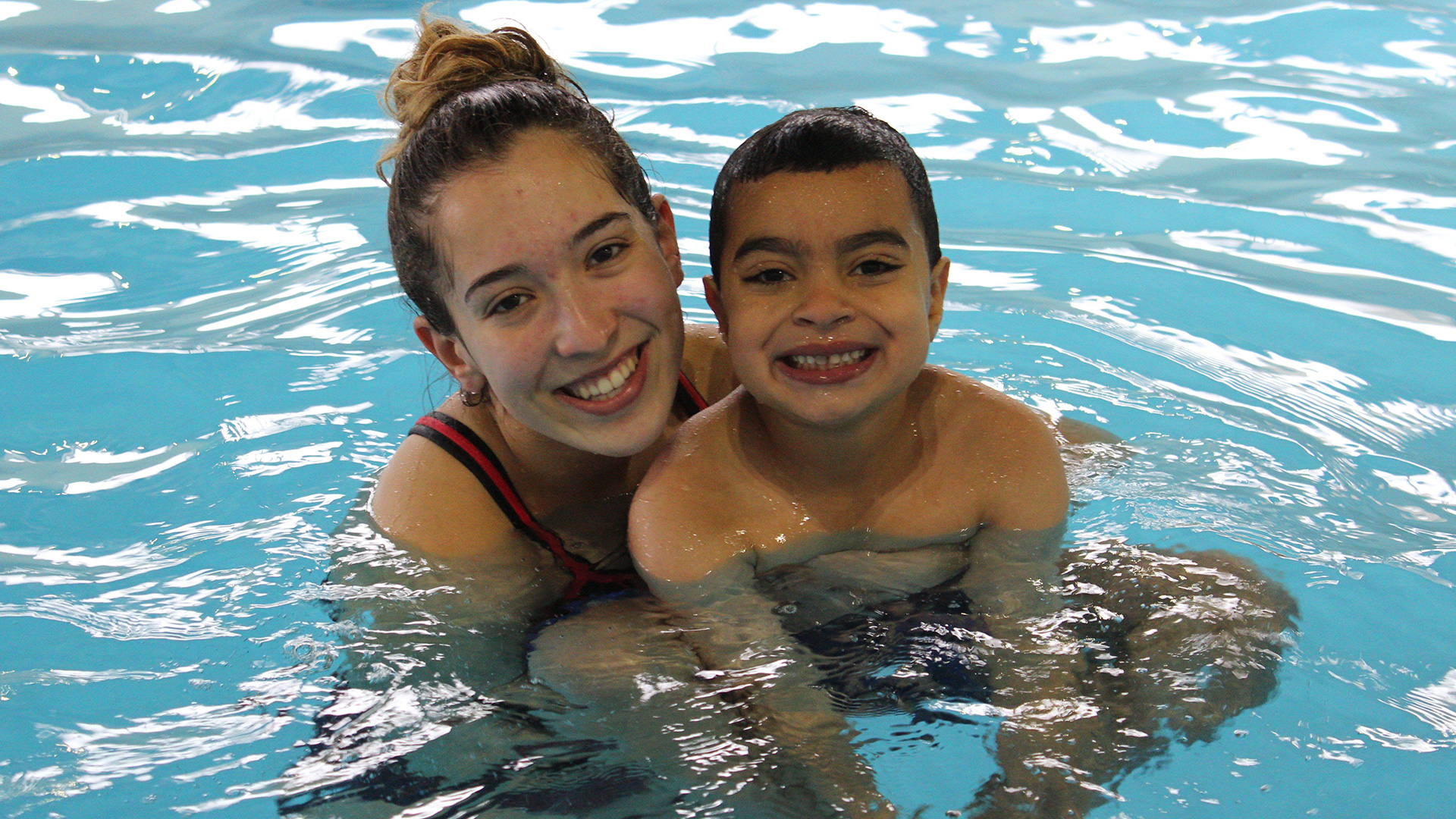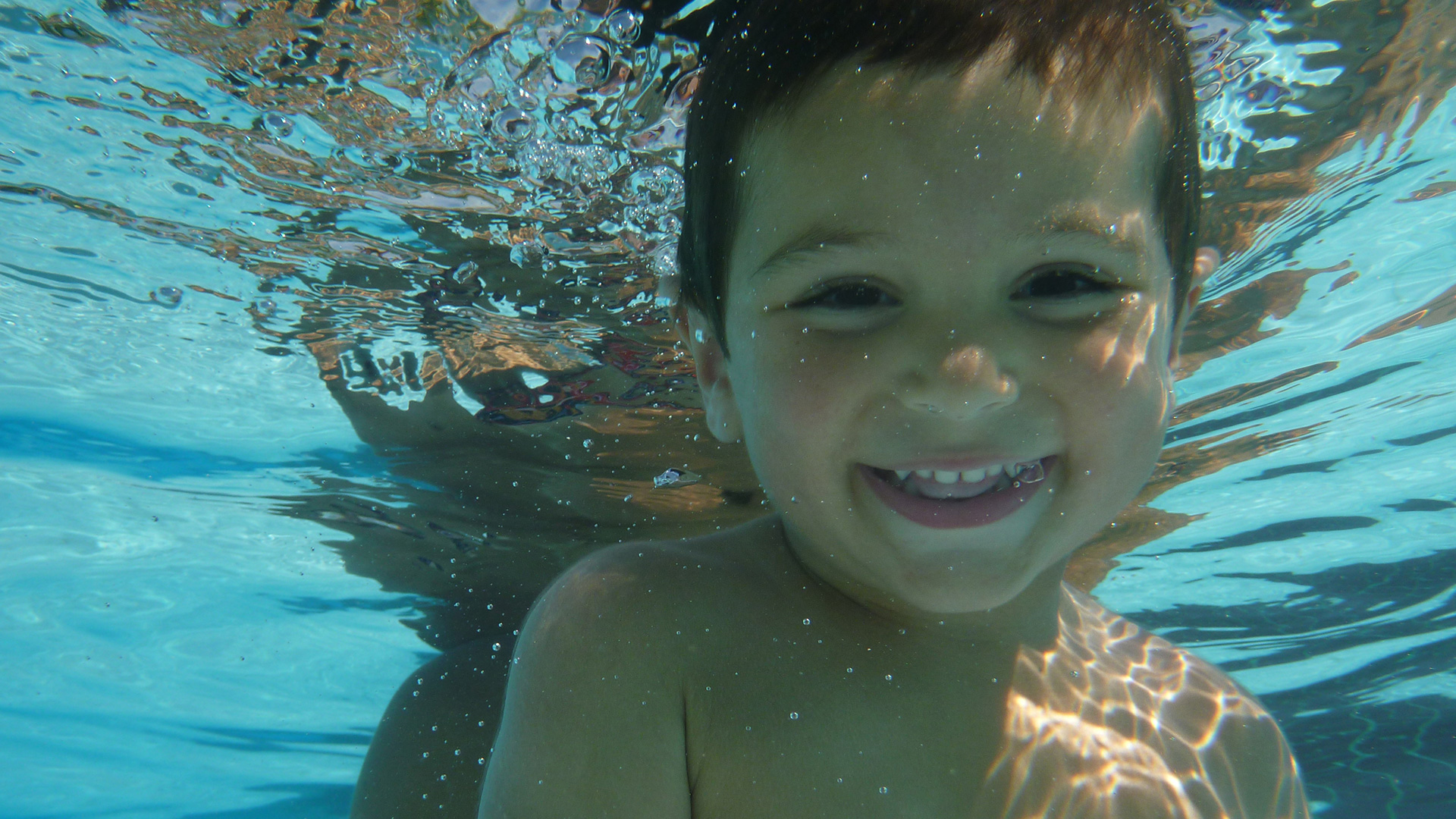Few things are as thrilling as playing sports, swimming, and being active. In sports, just like in life, adversity will challenge us at every opportunity. In this article I will attempt to illustrate how adversity can always be turned into an opportunity, by referencing a life-changing personal experience, an by demonstrating how these lessons can be applied to teaching swimming lessons.
Let me start with my personal experience. It was a cold Tuesday night in February, ball hockey night. I’ll never forget hockey that night, tied 2-2, late in the final period. The game was leaning our way, and I knew we were going to win. I jumped on the ice, and right into the play. The ball suddenly squirted loose and I saw an opening. I turned on the jets.
And then my right leg exploded.
We all face adversity regularly in our lives, often relating to family, professional or personal challenges. In my case, the tibia and fibula of right leg simultaneously fractured just above my ankle bone, snapping my leg in half and instantly putting my life of a very different path than it was a split second a ago.
It would be very easy to become lazy, unmotivated, and feel sorry for myself. It would be difficult to adapt to my new situation. But the only way to face adversity is head on. Assess the new situation. Recognize new boundaries. Identify opportunities. Make a plan and see it through to the end. And always be sure to push against those boundaries. Let’s discuss how we can apply this methodology to swim classes.
Assess the New Situation & Recognize New Boundaries
Accepting an unwanted change is tough. It requires accepting that things are no longer as they once were. Let’s take for example a child in swimming lessons, who was an awesome swimmer but recently suffered a traumatic experience and has regressed significantly (maybe a scary moment while playing the backyard pool). Kids who suffer through a traumatic swimming experience lose confidence and become much more hesitant when swimming. In short, they now fear what was once routine. Pushing these kids to try and perform the same as before their traumatic experience often results in more regression and loss of trust. It is therefore important to sometimes take a step back and let go of what once previously worked in favor of new opportunities.
Identify New Opportunities
There are always opportunities to be found in every situation. The tough part is letting go of old commitments and comfort zones, and having to start over tackling a new challenge. Take a step back from your new situation, see what new challenges lie ahead, and go at it 110%.
In teaching swimming, a weakness can often be turned into a strength. Have a child who simply has trouble swimming on his stomach? Let`s focus instead on his back swim, and make him an expert backcrawler! Toddlers having trouble lifting their head up to breathe? What a great opportunity to master the rollover breathing technique. Indeed, it can be easy to get focused on a particular skill and want to really perfect that skill and the expense of exploring new opportunities. It is important to always have a clear goal in mind.
Make a Plan and See It Through to the End
It`s easy to get hooked on an idea and run blindly with it. To really accomplish a goal, you need to know what that goal is and create a clear list of steps that you will follow to achieve that goal. Let’s get right into the swimming analogies: in the big picture, having a clear plan for a session (10 classes) is essential. You need to clearly establish where you want your swimmer to be. This might mean taking a non-swimmer to being able to swim the length of the pool on their stomach and back. Or perhaps taking a comfortable swimmer, and perfecting their stroke techniques to get them ready to join a swim team. Avoid vague notions like ‘you will be comfortable in the water’.
Once you have that end of session goal in mind, work backwards. What is the goal for each lesson? For getting a non-swimmer to swim on their own, the first few classes should focus on building a strong foundation: holding the breath, going underwater, floating on their own, safe entries and exits, how to hold the wall. Mid-session, start combining drills to build their independence and confidence more: combine previously learnt drills, (for example) have swimmers slip in, float on their back, and then return to the side. Start working on endurance, swimming further and longer on their own. By the end of the session, classes should consist of the swimmer swimming lengths on their own, hence making independent swimming their new normal.
For myself, given my injury, I have devoted myself to this philosophy. I have accepted my limited mobility, but also recognized the opportunities that now exist. I can still train lightly from my bed, using dumbbells and elastics. Lower weight, but newer exercises and the higher reps are good for endurance. I have set the goals to train at least an hour a day and maintain my weight.
If it was easy, everyone would do it. Being able to meet adversity head on and excel at new opportunities is such a valuable skill. It requires hard work and persistence, but anyone can do it!



